|
MycoBank Taxonomy: Fungi, Dikarya, Basidiomycota, Agaricomycotina, Agaricomycetes, Polyporales, Polyporaceae, Polyporus This magnificent and exceptionally delicious mushroom is universally regarded as rare. While mushroom hunters may never see Polyporus umbellatus, if you do find it, you will be able to come back year after year to the same location for a new harvest. P. umbellatus grows from the ground as a parasite and saprobe of the roots of hardwood trees. It appears from May to October (spring and fall, but typically not summer) across North America, growing as a fractal rosette of umbrella-shaped fronds. For some people, the mushroom has less appeal than what is going on in the soil. Over many years perhaps, P. umbellatus forms a large subterranean mass called a sclerotioum. Sclerotia are hard resting structures capable of longterm dormancy for survival in drought and cold. Some sclerotia are small like seeds and others are as big as basketballs. In the case of P. umbellatus, the sclerotia can be enormous, more than a foot in diameter, with a solid, corky interior and black rind. In traditional Chinese medicine, the sclerotium of P. umbellatus goes by the name Zhu Ling and is taken for a number of purposes, in particular as a diuretic (to stimulate urination). I noticed that Polyporus umbellatus has bugginess problems more so than other foraged polypores. Chicken of the woods (Laetiporus sulphureus) is often home to plump fungus beetles, but they scramble out of the mushroom and fall like rain on old leaves when you turn the mushroom sideways. With the umbrella polypore, burrowing fly larvae appear to be the primary inhabitants, so make sure to cut some fronds and do not harvest those with lots of maggot action. I cooked one of the best dishes yet with these mushrooms. Substituting umbrella polypore for maitake (hen of the woods), I made "Maitake Tikka Masala" from the cookbook Shroom by Becky Selengut. The rich and tangy curry was elevated by a lovely smokiness, which was achieved by dribbling oil on hot coals and then covering the pot with a lid to entrap the silky, billowing smoke. Yes, that is an onion holding the coals. I read somewhere online about this trick if you don't have a small, heatproof dish. It results in the extra benefit of having smoky onions to be used in future meals. Polyporus umbellatus now definitely ranks among my top favorite edibles. A few months later, I returned to the trail where I first found umbrella polypore and came across an old fruiting body. Remembering that sclerotia rested underground, I excavated below the mushroom and unearthed a real treasure. I marveled at the lumpy tissue, hard but a little squishy, and suprisingly light. Back at home, I used a toothbrush to scrub away dirt and debris from the exterior. There were lots of crevices and crags that required a good amont of maneuvering to clean out. Nothing's worse than a gritty mushroom! The tough structure held up perfectly fine to its vigorous bath. I cut the corky sclerotia into thin chips and dried them in a dehydrator until they were as stiff and hard as wood. It seems like a decoction is the standard way of taking Zhu Ling, which means that the sclerotium is boiled in water for a long time and the infused liquid is drunk. I boiled 10 g of dried sclerotia chips for about 45 minutes. The resulting decoction was light in color and had a nice mushroomy smell. The taste was mild and pleasant; certainly mushroomy, but also just faintly sweet, like Throat Coat Tea. That night, I peed four times. It worked! But I was so dehydrated, and so tired from waking up so many times. If you try this stuff, I recommend drinking it early in the day so you are not up all night peeing and to drink a lot of water so that you aren't dehydrated from peeing so much (which of course will make you pee more – you will urinate a lot)! After writing this post, I was informed that it is unusual in Chinese medicine to take a single herb (or mushroom), Zhu Ling included, rather than a mix of ingredients tailored to a specific person and their specific condition (as stated in this source: "A characteristic of Chinese herbal medicines is their use as formulas rather than single herbs..."). If you are intersted in exploring Zhu Ling or other medicinal mushrooms, it is definitely best to consult a knowledgable professional to guide your decisions and decoctions (or concoctions)! I am generally skeptical of claims that a given mushroom has medicinal properties. That's not because I don't think mushrooms are incapable of doing things to the human body – deadly mushrooms can clearly kill you, psychedelic mushrooms have mind-altering properties, many clinically proven and widely used drugs are isolated from fungi, and umbrella polypore makes you pee a lot. No, I am skeptical because along the way from a mushroom being used by those who first discovered some beneficial property to me learning about its putative medicinal benefits, information has likely been stretched, exaggerated, or even outright fabricated. Fraud becomes rampant when human health is on the line and entrepeneurs stand ready to profit from people's anxieties with little accountability or oversight. This was taken to an absurd extreme with the fabricated claim that Hawaiian stinkhorns could induce instantaneous orgasms in women (a myth invented and propagated by John Holliday, founder of Aloha Medicinals). Justifications for such an elaborate and sustained hoax are unimaginable to me. Most unsettling, the authors made up Hawaiian mythology to support their lie. Such unscrupulous peddling is common in the medicinal mushroom marketplace, in my opinion. There is plenty of bad or biased "science" out there to make the question of distinguishing fact from falsehoods challenging even in the realm of "peer-reviewed" literature. This is complicated further because medical literature is usually highly technical and full of complex biochemistry and physiology, only really understandable to experts. Another thing to keep in mind is that studies are often conducted with non-human animal models, the results of which may be enticing but not necessarily applicable to Homo sapiens. So, while I feel unequipped to evaluate the published research on the medicinal benefits of Polyporus umbellatus, especially when it comes to complex topics such as cancer and immune systems, the diuretic property of the sclerotium is undeniable and could be beneficial depending on circumstances. Zhao et al. (2009) found that a chemical named ergosta-4,6,8(14),22-tetraen-3-one was one of a few powerful diuretic compounds in P. umbellatus. A follow up study found that this same chemical was helpful in preventing a certain type of kidney disease in mice (Zhao et al. 2011). This same author published a review in Journal of Ethnopharmacology, which seems to be a great starting point for anybody interested in learning more about the uses and bioactivity of this mushroom (Zhao 2013). Given that Polyporus umbellatus is cultivated for its sclerotia, which can be purchased cheaply online (a lot cheaper than the time and energy it took me to harvest and clean this one)*, I highly recommend you NOT dig up wild sclerotia for personal consumption or sale. Doing so means that mushrooms will no longer fruit seasonally from that spot and populations could become extirpated. Apparently, some regions of China are suffering from growth loss due to overharvest (Xing et al. 2020). To be clear, harvesting a subset of the mushrooms is probably OK because they are ephemeral structures and their removal probably does little harm to the belowground mycelium. In this particular area, I found multiple prolific patches of P. umbellatus. I figured that harvesting one sclerotium would have a negligible impact on the population and there would be plenty of fruiting bodies in following years for spore dispersal and consumption. If more people were to dig up the sclerotia from this area, however, the population could be quickly wiped out with substantial damage to the surrounding ecosystem. Remember, P. umbellatus is considered rare so sustainable consumption of sclerotia requires cultivation, not wild harvesting. Support mushroom farmers! *Case in point, this sclerotium came out to less than 50 g dry weight, which is about 5 preparations according to a dosage of 6-15 g. One pound (> 450 g) of dried sclerotia can be bought online for $66 (here and here), which means I harvested less than $7 worth – a paltry sum given that it took me quite a few hours to harvest it, clean it, and dehydrate it. There are other forms of Zhu Ling you can buy, like liquid extracts and capsules, that might be more or less costly or effective depending on your needs. Since Polyporus umbellatus mushrooms are one of 22 different types that are allowed to be harvested and sold by professional mushroom foragers in Michigan, one last reason to solely harvest the fruiting bodies is that they will fetch a much greater price than the sclerotia and that in contrast to the sclerotia (which can only be harvested once), the mushrooms can be harvested year after year. Michael Kuo says he has found them in the same location every year for 12 years in a row! The cultivation of Polyporus umbellatus is in and of itself a fascinating topic. P. umbellatus sclerotia form in intimate association with Armillaria spp., or honey mushrooms, whose rhizomorphs are found in "infection cavities" inside the sclerotia. However, it may be that the umbrella polypore is digesting the rhizomorphs, rather than the other way around, but ultimately sclerotial quality seems to be a function of the nutrients in the soil (Xing et al. 2020). More information on nutritional sources and environmental conditions most favorable for the co-cultivation of Polyporus umbellatus and Armillaria are detailed by Lee et al. (2013). SpecimenACD0305; 12 June 2020; Washtenaw Co., MI, USA; leg. Alden C. Dirks, det. Alden C. Dirks; GenBank #MZ919232 (ITS rDNA), MICH 352266. ReferencesLee, M. W., Chang, K. C., Shin, D. Bin, Lee, K. R., Im, K. H., Jin, G.-H., … Lee, T. S. (2013). The culture conditions for mycelial growth and sclerotial formation of Polyporus umbellatus. Journal of Mushroom, 11(4), 194–200. DOI Xing, X., Men, J., Song, L., & Guo, S. (2020). Do the main components of the sclerotia of umbrella polypore mushroom, polyporus umbellatus (Agaricomycetes), correlate with Armillaria associates? International Journal of Medicinal Mushrooms, 22(5), 479–488. DOI Zhao YY, Xie RM, Chao X, Zhang Y, Lin RC, Sun WJ. 2009. Bioactivity-directed isolation, identification of diuretic compounds from Polyporus umbellatus. J Ethnopharmacol 126:184–187. Zhao YY, Zhang L, Mao JR, Cheng XH, Lin RC, Zhang Y, Sun WJ. 2011. Ergosta-4,6,8(14),22-tetraen-3-one isolated from Polyporus umbellatus prevents early renal injury in aristolochic acid-induced nephropathy rats. J Pharm Pharmacol 63:1581–1586. Zhao YY. 2013. Traditional uses, phytochemistry, pharmacology, pharmacokinetics and quality control of Polyporus umbellatus (Pers.) Fries: A review. J Ethnopharmacol 149:35–48. Resources
0 Comments
Your comment will be posted after it is approved.
Leave a Reply. |
PermalinksProject Introduction Top EdiblesHericium coralloides
Laetiporus sulphureus Morchella americana Polyporus umbellatus Suillus ampliporus Archives
April 2023
Categories |
|
|
Terms of Use, Liability Waiver, and Licensing
The material on aldendirks.com is presented for general informational and educational purposes only, and under no circumstances is to be considered a substitute for identification of an actual biological specimen by a person qualified to make that judgment. Some fungi are poisonous; please be cautious. All images on this website are licensed under Attribution-NonCommercial-NoDerivatives 4.0 International (CC BY-NC-ND 4.0). |
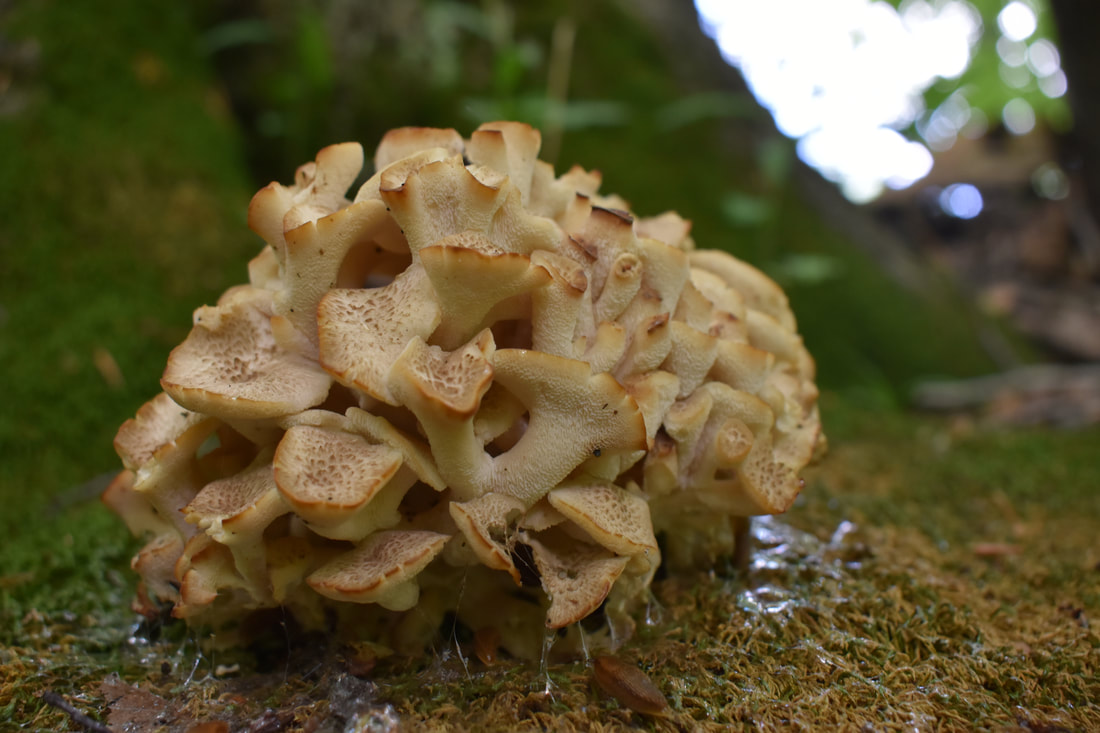
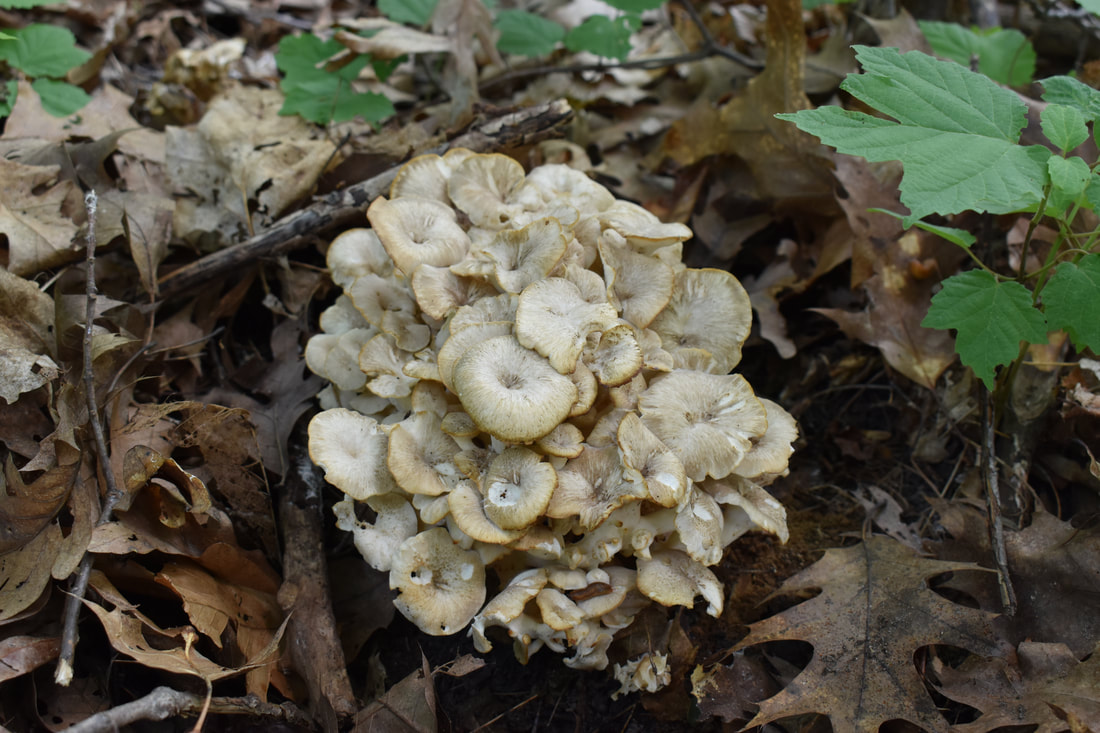
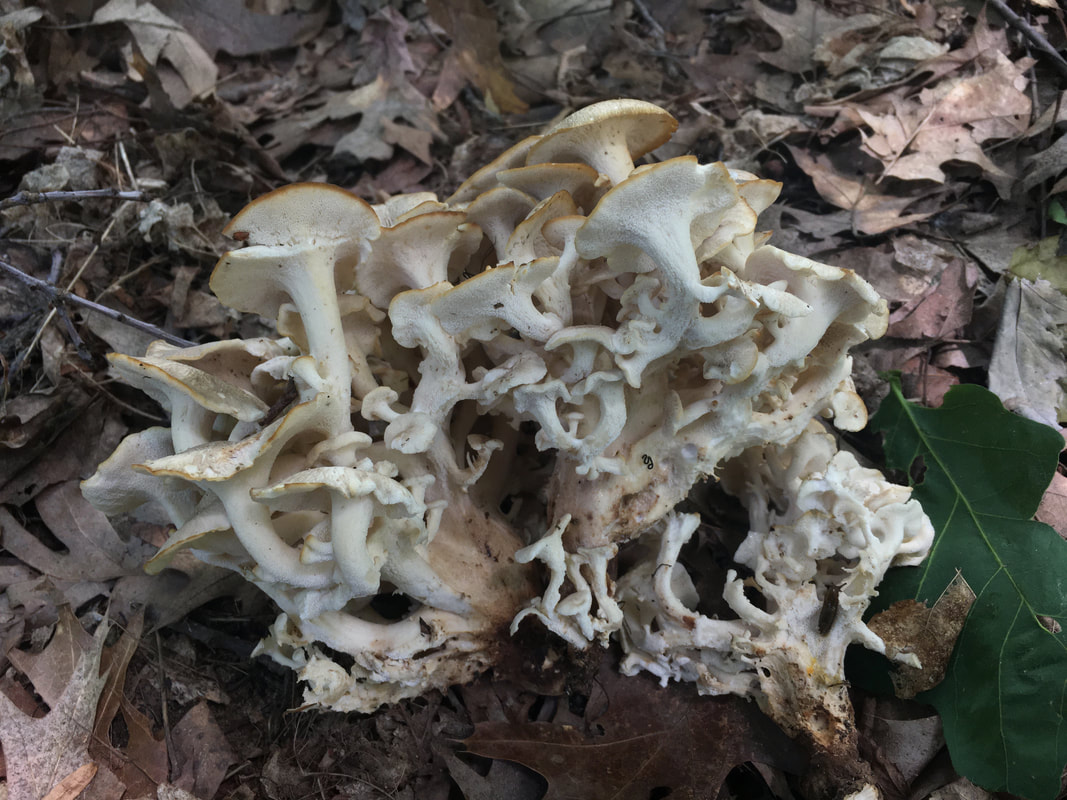
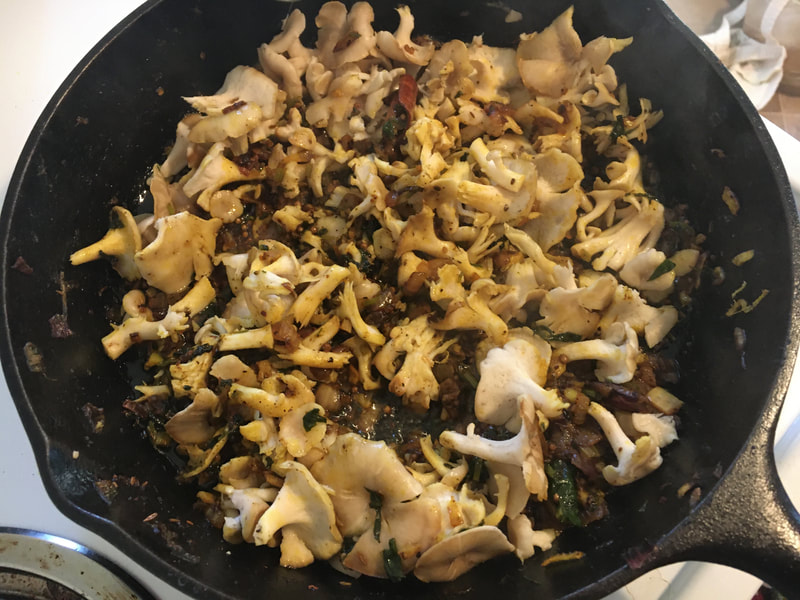
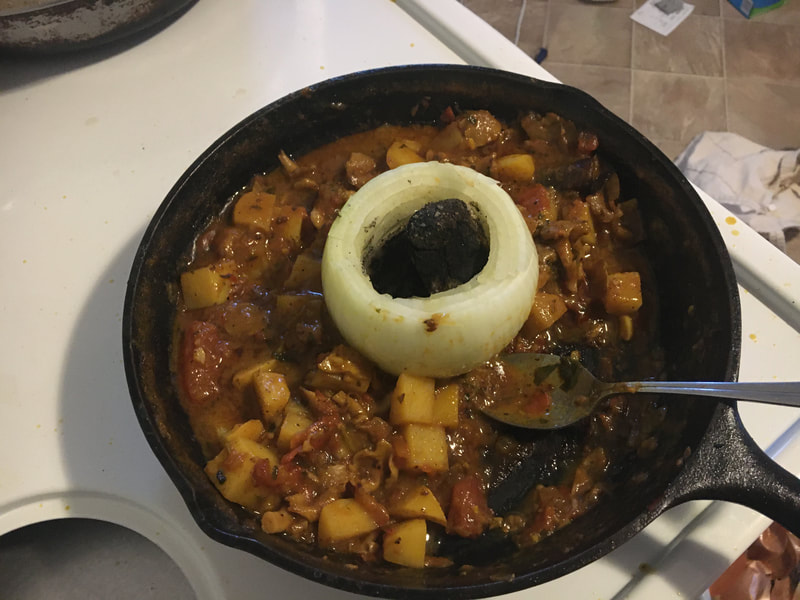

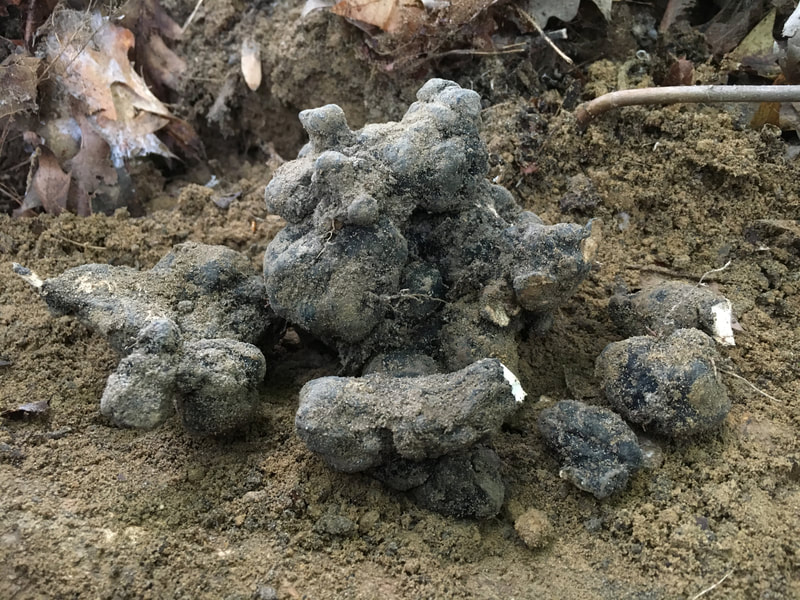
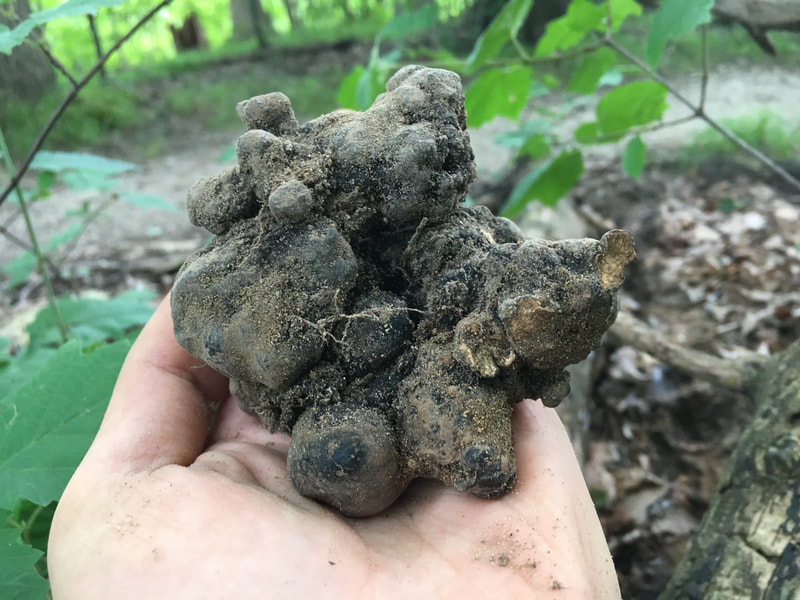
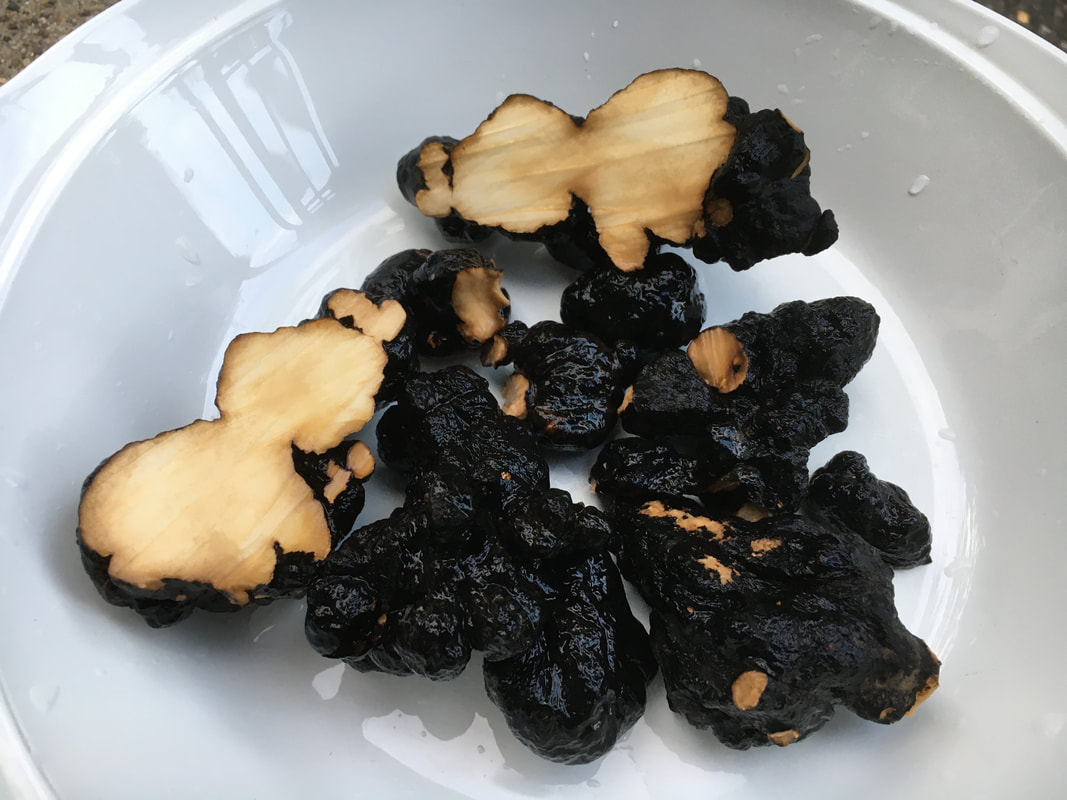
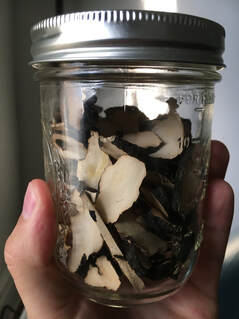
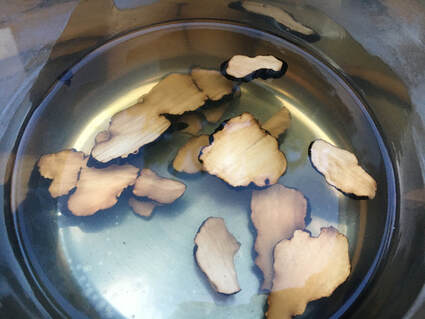
 RSS Feed
RSS Feed




